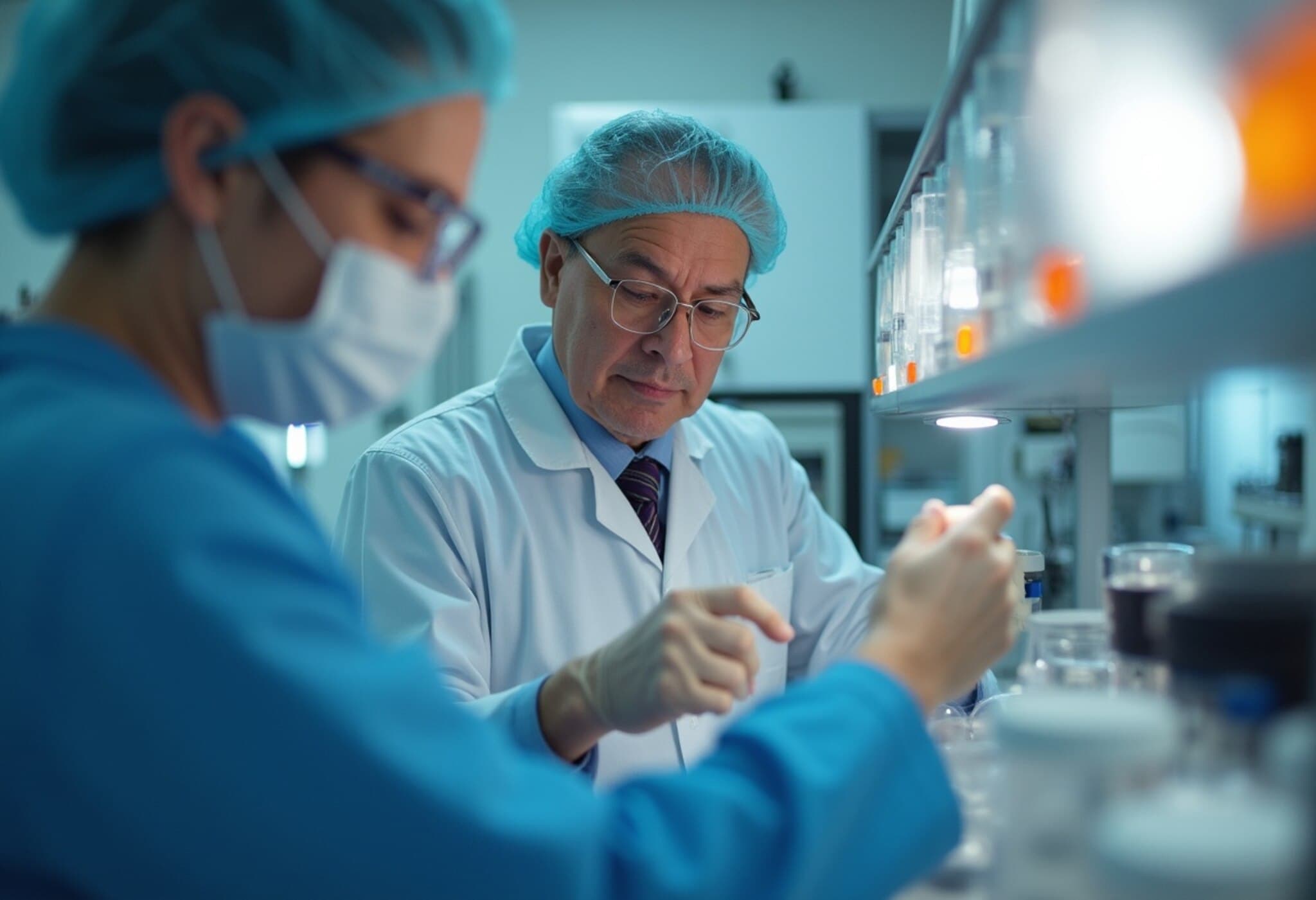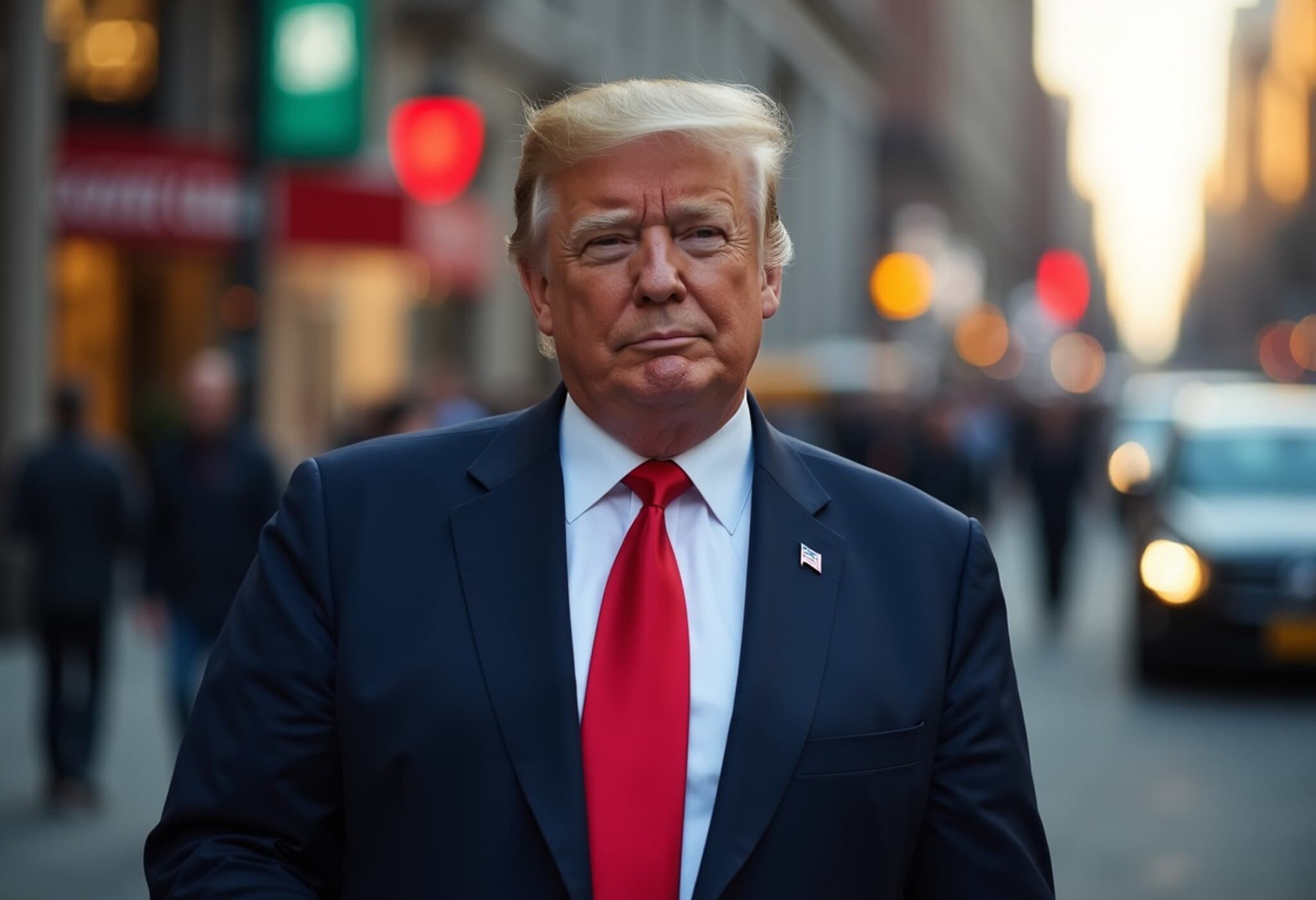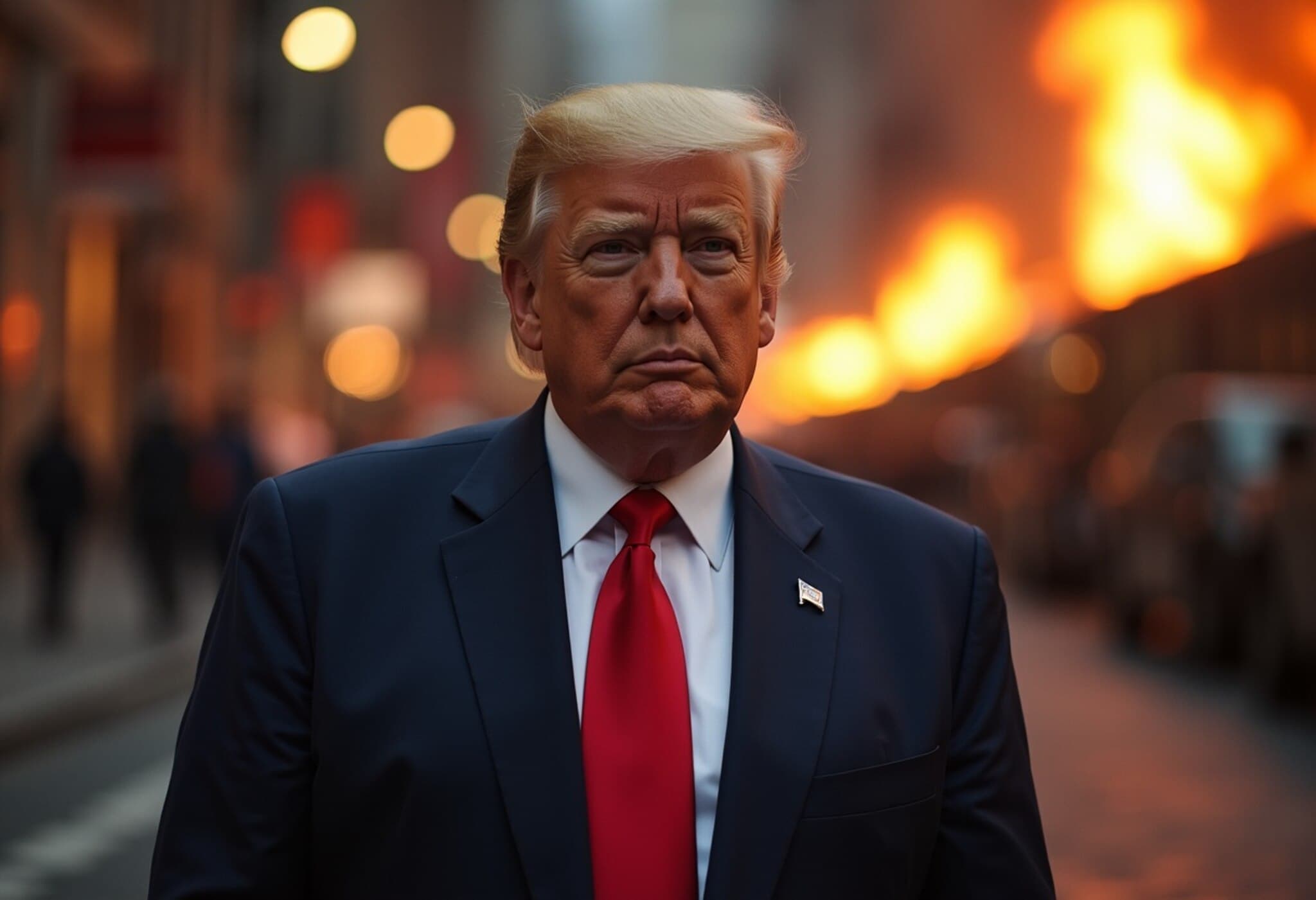AstraZeneca Commits $50 Billion to Expand U.S. Manufacturing and Research by 2030
In a bold move underscoring the growing importance of the United States in the global pharmaceutical landscape, AstraZeneca announced plans to invest $50 billion into its U.S. operations by 2030. This multi-billion dollar commitment highlights the company’s strategic pivot towards bolstering manufacturing capabilities and research initiatives across several key states. The Anglo-Swedish biotech giant, headquartered in Cambridge, England, is increasingly prioritizing the U.S. market amid evolving trade dynamics and domestic policy pressures.
Largest Manufacturing Investment Anchored in Virginia
The centerpiece of AstraZeneca’s investment portfolio is a cutting-edge production facility dedicated to manufacturing its weight management and metabolic drug portfolio, including its novel oral GLP-1 obesity medication. Located in the Commonwealth of Virginia, this plant will represent AstraZeneca’s largest single manufacturing investment worldwide. Leveraging advanced technologies such as artificial intelligence, automation, and data analytics, the facility aims to optimize production efficiency and scale to meet rising demand.
Expanding Footprint in Key U.S. States
Beyond Virginia, AstraZeneca plans significant expansions in Maryland, Massachusetts, California, Indiana, and Texas. These expansions will enhance research and development capabilities as well as cell therapy manufacturing. The ripple effects of these investments are expected to be substantial, with AstraZeneca projecting the creation of tens of thousands of new jobs across these states.
CEO Pascal Soriot Highlights U.S. Role in AstraZeneca’s Growth Strategy
CEO Pascal Soriot emphasized that this massive capital infusion demonstrates the company’s confidence in America’s leadership in biopharmaceutical innovation. He shared that AstraZeneca aims to reach $80 billion in annual revenue by 2030, with approximately half of that revenue expected from the U.S. market. This aligns with the firm's ongoing strategy to deepen stakes in its largest revenue source—the U.S., which accounted for over 40% of AstraZeneca’s business in 2024.
Context: Pharma Industry’s Broader U.S. Investment Surge
AstraZeneca’s announcement echoes a broader trend among global pharmaceutical companies intensifying investments in U.S. manufacturing and research. Firms like Novartis, Merck, Pfizer, Eli Lilly, and Johnson & Johnson have publicly committed to substantial capital deployments in the U.S., responding to shifts in global trade policies and increasing political pressure to reshore pharmaceutical production.
Trade Tariffs and Policy Pressures Shaping Pharma Investment
The backdrop for these investment surges includes potential U.S. tariffs on imported pharmaceuticals, driven by an ongoing Section 232 national security investigation into the industry’s reliance on foreign manufacturing. U.S. policymakers have floated import levies as high as 10%, aiming to encourage production on American soil. However, the industry argues that relocating manufacturing infrastructure is complex and time-consuming, typically requiring a three to four year horizon to comply properly.
Novartis CEO Vas Narasimhan recently expressed the industry’s intent to accelerate these investments but urged for reasonable transition periods. This tension illustrates the challenge of balancing national security and economic policy with the realities of pharmaceutical manufacturing complexity and supply chain logistics.
The Strategic Significance for American Biotech and Job Creation
While the tariffs remain under negotiation, investments like AstraZeneca’s offer a silver lining by promising to invigorate U.S. manufacturing ecosystems and drive significant job creation. This influx of capital aligns with national economic objectives to reclaim technological leadership and improve supply chain resilience in vital medical sectors.
What This Means for the Future of Pharma in America
AstraZeneca’s commitment signals a potential reshaping of pharmaceutical manufacturing geography over the next decade, with the U.S. consolidating its status as a global biotech innovation hub. For American workers and communities, it could mean increasing access to high-quality jobs and participation in cutting-edge healthcare advancements.
Yet, critical questions remain:
- Will sustained tariffs actually accelerate reshoring, or could they disrupt affordable access to medications?
- How will other global pharmaceutical players respond to evolving U.S. trade and industrial policies?
- What role will automation and AI play in balancing cost, efficiency, and workforce impact?
As AstraZeneca and its peers navigate these complex dynamics, the biopharma sector stands on the cusp of a transformative decade—where innovation meets geopolitics, and investment charts the future of medicine manufacturing.
Editor's Note
AstraZeneca’s $50 billion U.S. investment underscores an era of intensified focus on domestic manufacturing driven by both commercial ambitions and policy nudges. While this promises economic growth and innovation, it raises essential debates about trade policy effectiveness, drug accessibility, and the future workforce in an increasingly automated pharma industry. Industry watchers and policymakers alike should closely monitor how these hefty investments translate into tangible outcomes over the next decade.



















